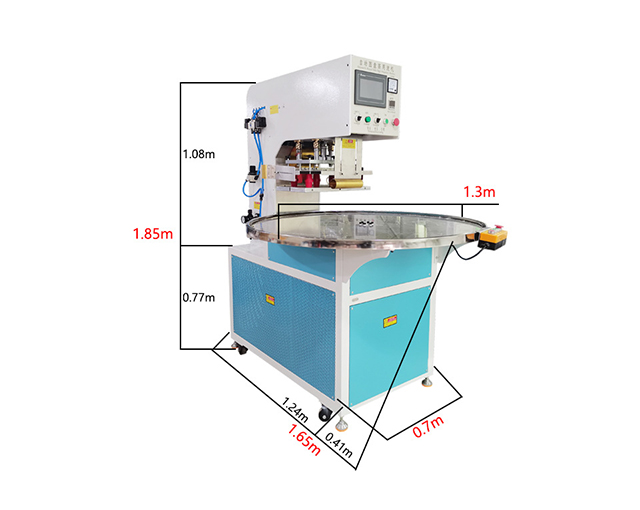Time:2025-07-11 Views:1 source:News

The frequency setting of an embossing machine is a critical parameter that determines the speed at which the embossing rollers rotate or the stamping mechanism operates, directly influencing both production efficiency and the quality of the embossed patterns. This setting is measured in cycles per minute (CPM) or hertz (Hz), depending on the machine type, and must be carefully calibrated to match the material being processed and the complexity of the design.
For lightweight materials such as thin paper, fabric, or foil, a higher frequency—typically between 100–300 CPM—can be used to achieve faster production rates without compromising pattern clarity. The lower mass of these materials allows them to conform to the embossing dies quickly, reducing the risk of distortion even at high speeds. In contrast, thicker materials like cardboard, leather, or rigid plastic require a lower frequency, often between 30–100 CPM. This slower pace gives the material sufficient time to deform under pressure, ensuring the embossed design penetrates evenly and retains its shape after the machine releases it.
The complexity of the embossing pattern also affects frequency selection. Intricate designs with fine details, sharp edges, or deep reliefs demand slower frequencies to prevent smudging or incomplete transfer of the pattern. Simple, shallow designs, on the other hand, can be processed at higher frequencies for increased throughput. Modern embossing machines often feature variable frequency controls, allowing operators to adjust the speed in real-time based on material feedback. Some advanced models even integrate sensors that monitor material thickness and pattern complexity, automatically optimizing the frequency to maintain consistent quality across a production run.
In addition to material and design considerations, frequency setting impacts machine durability. Operating at excessively high frequencies for extended periods can increase wear on rollers, bearings, and drive systems, leading to premature maintenance needs. Conversely, running at unnecessarily low frequencies reduces productivity and may cause uneven heating in heated embossing systems. By balancing these factors, operators can maximize both output and the lifespan of the embossing machine while achieving flawless embossed results.
Read recommendations:
HF high frequency Blister Heat Sealing welding Machine Usb Flash Drives
Automatic PVC/EVA bag making machine
Manual Pedal Type HF Welding machine
Complete control over products allows us to ensure our customers receive the best qualityprices and service. We take great pride in everything that we do in our factory.
